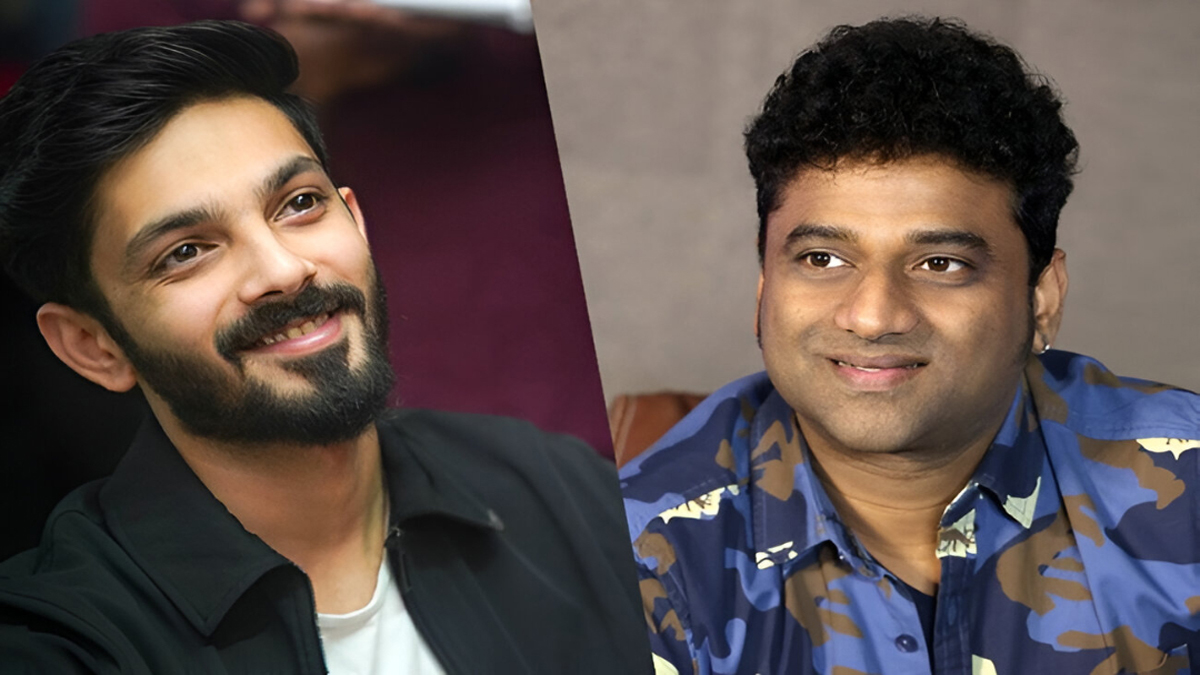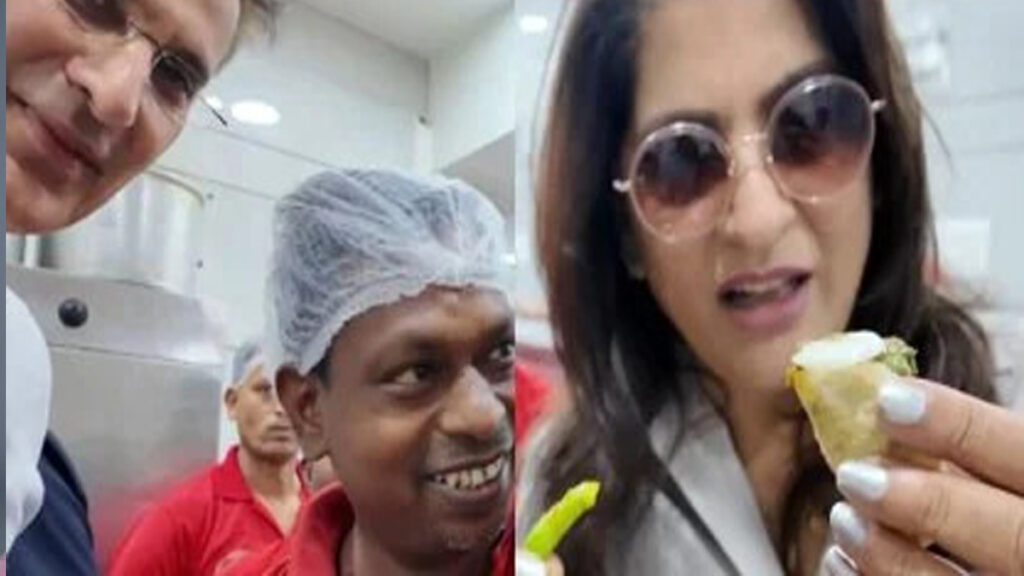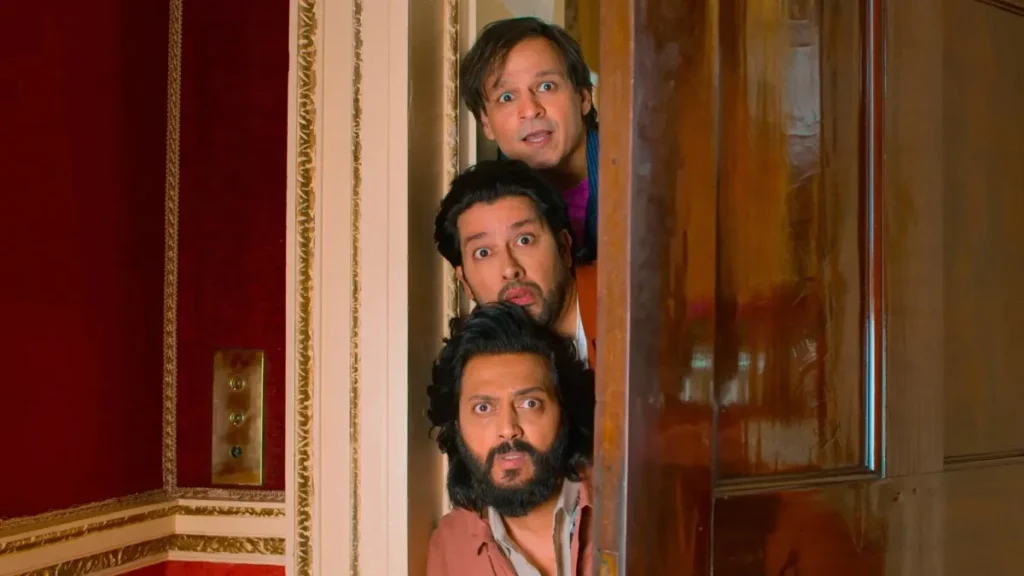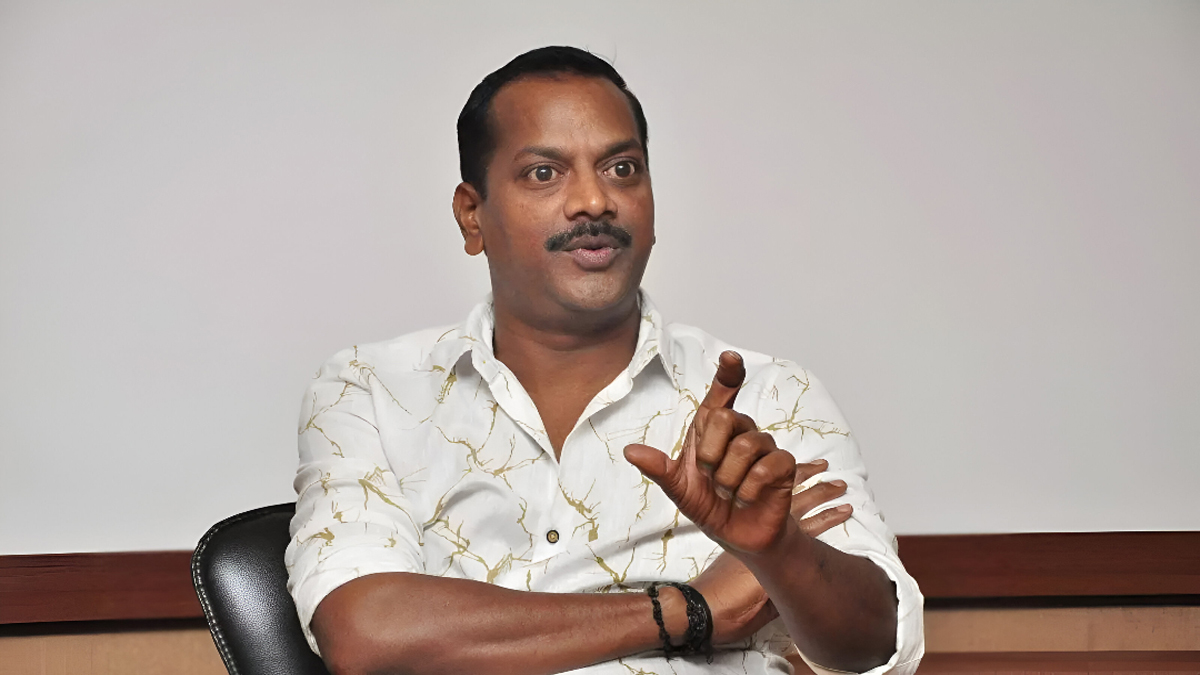Now Reading: Is Anirudh Ravichander Following Devi Sri Prasad’s Path? A Look at Two Music Maestros
-
01
Is Anirudh Ravichander Following Devi Sri Prasad’s Path? A Look at Two Music Maestros
Is Anirudh Ravichander Following Devi Sri Prasad’s Path? A Look at Two Music Maestros

In the vibrant and ever-evolving landscape of South Indian cinema music, two names frequently dominate conversations: Devi Sri Prasad (DSP) and Anirudh Ravichander. Both have enjoyed immense popularity, delivering chart-topping albums and defining the sound of a generation. However, a growing sentiment among critics and listeners suggests that Anirudh, the younger phenomenon, might be treading a path reminiscent of DSP’s career trajectory, particularly in its later stages. Is Anirudh truly turning into another Devi Sri Prasad, or is this a superficial comparison overlooking their distinct musical identities and career phases?
The DSP Phenomenon: King of ‘Mass’ and Melody
Devi Sri Prasad burst onto the scene in the early 2000s, quickly establishing himself as a prolific composer capable of churning out infectious, energetic, and often experimental tunes. His early work for films like Aadavari Matalaku Ardhalu Verule, Bommarillu, and Arya showcased a remarkable blend of folk, Western, and electronic elements, alongside memorable melodies. DSP mastered the art of the “mass” number – a high-energy dance track designed to ignite the screens and auditoriums – while also delivering soulful ballads and innovative background scores.
However, as his career progressed and the demand for his music skyrocketed, a noticeable pattern emerged. Critics began to point out a certain predictability, a recycling of chord progressions, rhythmic patterns, and even vocal hooks. While still delivering hits, the innovative spark that characterized his initial phase seemed to diminish, giving way to a more formulaic approach aimed at guaranteed commercial success. His detractors often lamented the shift from nuanced compositions to louder, more generic “party anthems” and the perceived lack of freshness in his later works. Despite this, DSP remains a highly sought-after composer, his name synonymous with commercial viability and celebratory anthems.
Anirudh’s Ascent: The Youthful Innovator
Anirudh Ravichander’s entry into the industry with 3 (2012) and the viral sensation “Why This Kolaveri Di” was nothing short of revolutionary. He brought a fresh, contemporary sound, heavily influenced by EDM, pop, and rock, yet rooted in Tamil sensibilities. His music resonated deeply with the youth, offering a distinct alternative to the prevailing styles. Anirudh’s early compositions for films like Ethir Neechal, Maan Karate, and Kaththi were marked by innovative sound design, catchy hooks, and a distinct ability to blend diverse genres seamlessly. He became known for his energetic scores, youthful vibe, and unique vocal delivery in many of his tracks.
Anirudh quickly became the go-to composer for leading stars and major productions, his name almost a guarantee for a hit album. His ability to produce high-energy tracks, romantic melodies, and impactful background scores showcased a versatility that cemented his position at the top.
The Point of Convergence: Are They Aligning?
The central question, then, is whether Anirudh is mirroring DSP’s trajectory. Several observations lend credence to this comparison:
- The ‘Mass’ Mandate: Both composers, at the peak of their careers, faced immense pressure to deliver high-energy, commercially appealing “mass” songs. While Anirudh initially thrived on experimentation, recent big-budget films sometimes see him lean into more generic, high-octane tracks that prioritize thump over distinct melody, much like DSP’s later period.
- Perceived Repetition: Some listeners have started to notice certain stylistic repetitions in Anirudh’s recent works – particular synth sounds, drum patterns, or vocal modulations that feel familiar across different albums. While all composers develop a signature, a sense of creative stagnation or self-replication is a criticism that DSP faced, and it’s slowly emerging for Anirudh too.
- Prodigious Output: Both Anirudh and DSP are incredibly prolific. The sheer volume of work demanded by the industry can, at times, lead to a compromise in quality or a reduction in the time available for truly groundbreaking experimentation. When composers are churning out multiple albums a year, the risk of repetition or dipping into established comfort zones increases.
- Commercial Success vs. Artistic Innovation: The primary goal for big-budget films is often commercial success. Both DSP and Anirudh have proven their ability to deliver this. However, this commercial imperative can sometimes overshadow the artistic desire for novelty and experimentation, leading to compositions that are effective but less groundbreaking.
Distinguishing Factors and Future Trajectory
Despite these converging points, it’s crucial to acknowledge the fundamental differences and what still sets Anirudh apart:
- Sonic Palette: Anirudh’s core sonic identity is inherently more modern, electronic, and global in its influences compared to DSP’s more organic, folk-fusion roots, even at their most contemporary. While both might use similar rhythmic structures for “mass” songs, the underlying texture and sound design often differ significantly.
- Youthful Appeal and Global Trends: Anirudh continues to have a stronger finger on the pulse of global pop and electronic music trends, often integrating them seamlessly into his compositions. He also has a unique ability to connect with a younger, digitally native audience through his persona and music.
- Willingness to Experiment (Still Present): While the “mass” mandate is real, Anirudh still sprinkles his discography with genuinely experimental tracks and scores that push boundaries. Films like Vikram and Jailer demonstrated his ability to deliver a powerful, unique sonic experience alongside commercial hits. The question is whether these experimental ventures will continue to be a significant part of his output.
Conclusion
The comparison between Anirudh Ravichander and Devi Sri Prasad is understandable, given the shared pressures of commercial cinema and the natural evolution of a composer’s style at the zenith of their popularity. Both have faced or are beginning to face the challenge of maintaining freshness amidst immense demand and the potential pitfalls of success.
However, saying Anirudh is “turning into another DSP” might be an oversimplification. While there are undeniable parallels in how their careers have progressed – particularly concerning the balance between innovation and catering to “mass” appeal – Anirudh still possesses a distinct musical voice and a connection to contemporary global sounds that differentiate him. The true test for Anirudh will be how he navigates the next phase of his career: whether he succumbs to the formulaic pressures that DSP eventually faced, or if he continues to surprise and innovate, cementing a legacy that is uniquely his own while learning from the trajectory of his celebrated predecessor. The audience, ever hungry for fresh sounds, will be watching and listening intently.










